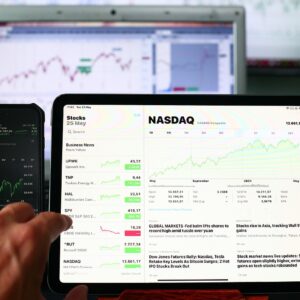The stock market’s benchmark index, the S&P 500, has added more than $5 trillion to its market capitalization in just 20 days, recording about $250 billion of inflows per trading day after hitting a low on August 5 that translated into its annual return in just that period.
According to the economics outlet Kobeissi Letter on the microblogging platform X (formerly known as Twitter), its strategy “relies on capitalizing on polarized sentiment,” as in the long run “it never pays to follow the herd when trading.”
Per the outlet, a sign of the drop was the S&P 500’s Relative Strength Index (RSI) dropping from over 70 to under 30 in less than a month, meaning it went from overbought to oversold in that period, with the last time such a drop occurred being when it hit a bottom in April 2024.
The outlet noted that the sell-off was “full of panic” as while some believed that the yen carry trade, which involves borrowing yen at low-interest rates to invest in higher-yielding assets such as T-bills and stocks, was over, Wall Street traders “knew it wasn’t.”
Per the Kobeissi Letter, as capital moved from the sidelines and into the market, the “upside in the S&P 500 accelerated,” prompting it to raise its target for the index.
As CryptoGlobe reported in a recent interview, investment strategist Gareth Soloway observed that the S&P 500 is showing patterns similar to those seen in 2007.
He pointed out that the market has experienced drops followed by rebounds, which, in his view, could lead to a new all-time high before a significant downturn. Soloway attributed this potential pattern repetition to consistent investor behavior over time, driven by emotions such as greed and fear.
Featured image via Unsplash.









